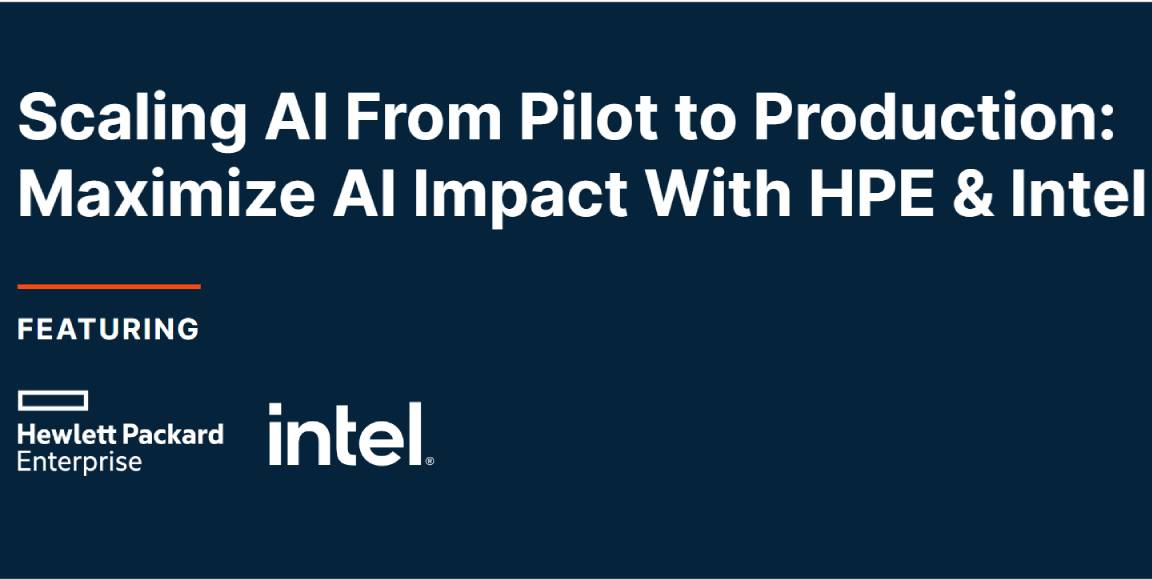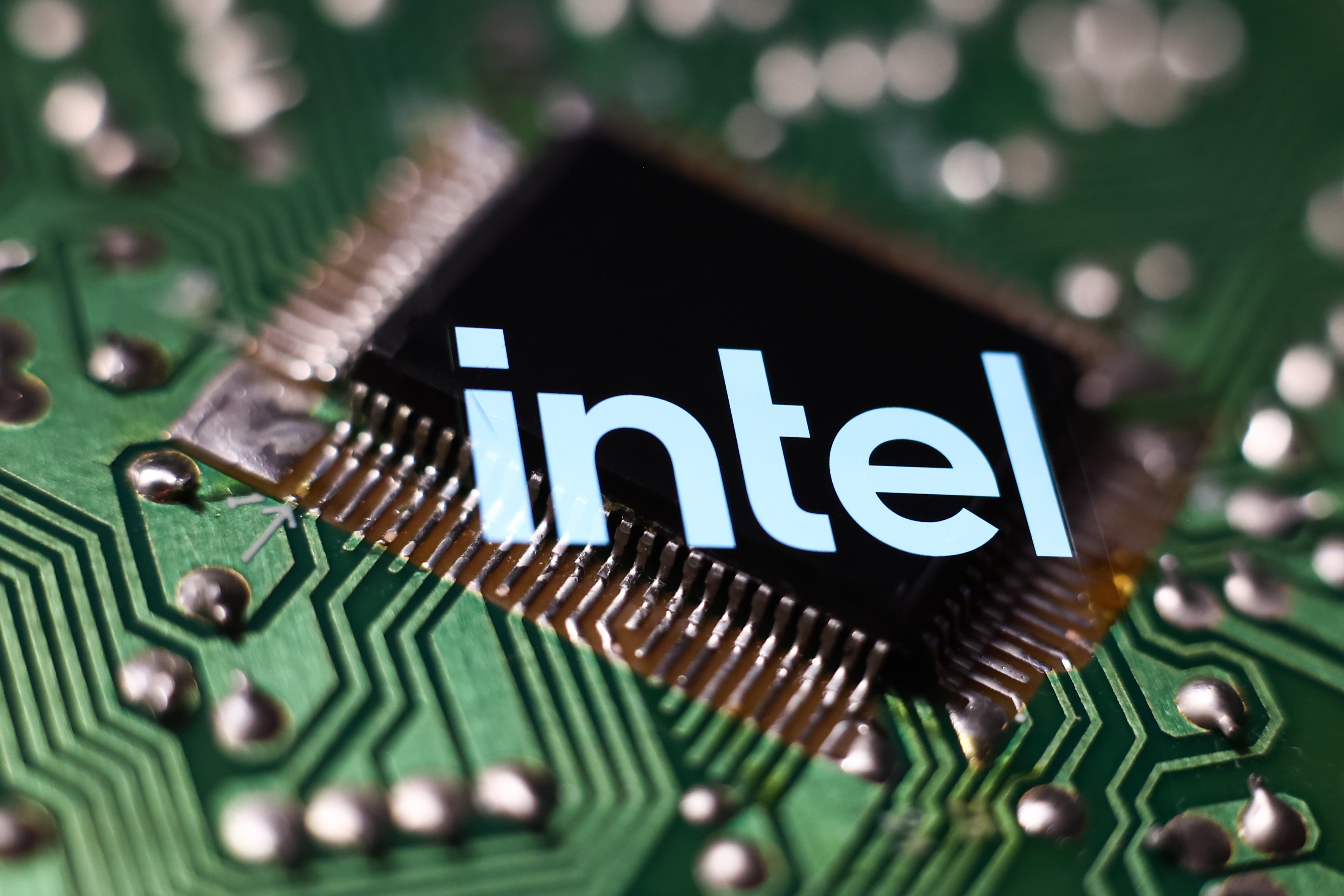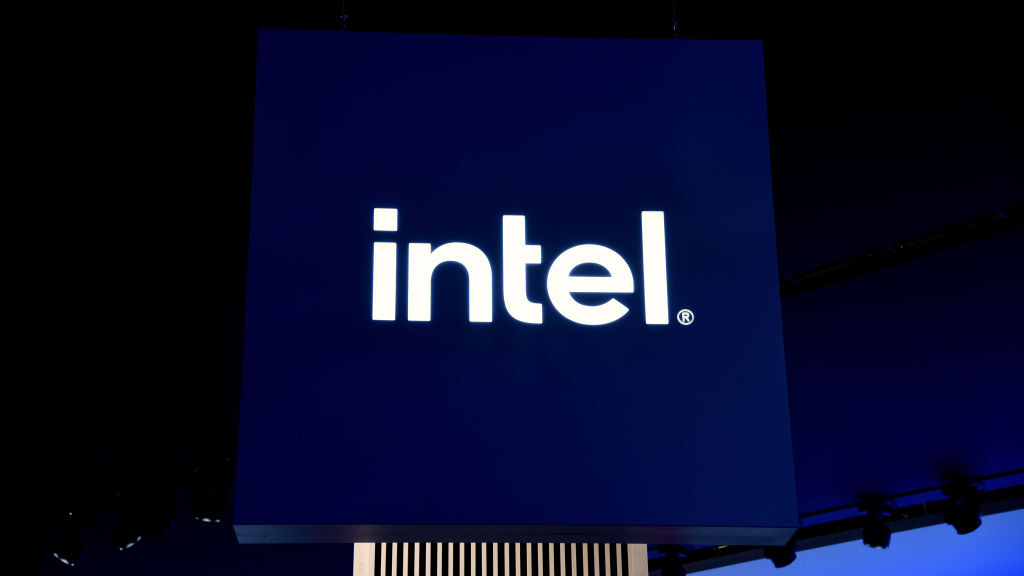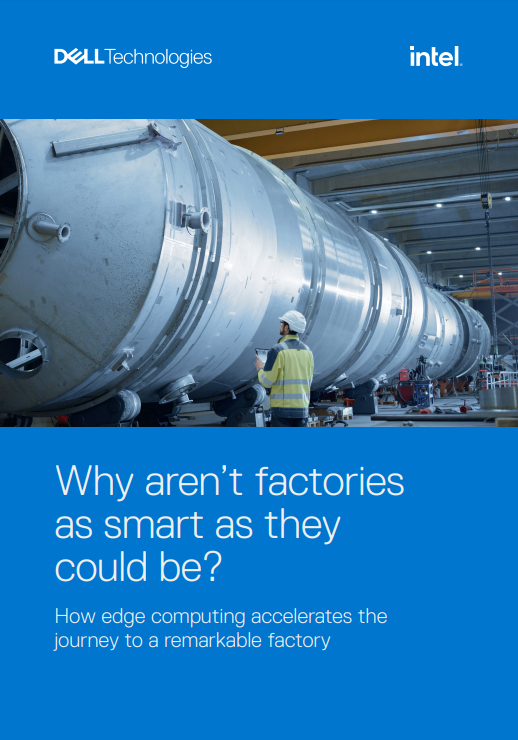What’s so great about Intel’s Sandy Bridge?
Intel’s latest generation of processors, codenamed Sandy Bridge, was recently released to huge acclaim. Clive Webster investigates what all the fuss was about.
Fast and Furious
While it's all very clever to merge CPU and graphics units in a single processor design, it's the performance of Sandy Bridge CPUs that's taken us by surprise. Put simply, the new processors are incredibly fast for their price we've seen a 125 (ex VAT) Sandy Bridge desktop CPU put a powerful 375 (ex VAT) LGA1366 Core i7 processor to shame which is good news for those who like their laptops and desktops to be constantly responsive and snappy.
Part of the reason behind the speed of Sandy Bridge is the pure frequency at which the CPUs operate. The slowest desktop CPU of the current range, the Core i5-2400, is a quad-core CPU clocked at 2.8GHz, a 0.4GHz increase on the slowest LGA1156 Core i5; the even cheaper dual-core Sandy Bridge Core i3 range is yet to be launched. As well as the default frequency of a Sandy Bridge CPU, there's the Turbo Boost 2 technology, which adds another 0.3-0.4GHz automatically if your workload demands more performance. Certain systems with robust enough cooling can enable a Sandy Bridge CPU to boost even further than that. These high frequencies are joined by architectural upgrades that are good for another 10-15 per cent extra performance clock-for-clock over a previous-generation processor.
Power Mad
While it's all well and good that a 125 (ex VAT) Core i5-2400 is roughly 25 per cent faster than a previous-generation 125 (ex VAT) Core i5-760, it's the low power draw that's really impressive. An i5-2400 PC consumes around 20 per cent less power when idle than an i5-760 PC from our testing (with consumer hardware). Even better, LGA1155 motherboards don't appear to be more expensive than their older LGA1156 counterparts, so Sandy Bridge PC should be comparably priced to current LGA1156 systems.
The speed of Sandy Bridge processors means that laptops are a more viable option as a no-compromise business machine. This can increase the flexibility and productivity of employees working from home, or increase the practicality of hot-desking your workers won't be moaning about having to use a slow laptop and the relatively low power consumption and heat output of Sandy Bridge CPUs should lead to slimmer, lighter laptops which will please frequent business travellers.
Get the ITPro daily newsletter
Sign up today and you will receive a free copy of our Future Focus 2025 report - the leading guidance on AI, cybersecurity and other IT challenges as per 700+ senior executives
-
 Asus ZenScreen Fold OLED MQ17QH review
Asus ZenScreen Fold OLED MQ17QH reviewReviews A stunning foldable 17.3in OLED display – but it's too expensive to be anything more than a thrilling tech demo
By Sasha Muller
-
 How the UK MoJ achieved secure networks for prisons and offices with Palo Alto Networks
How the UK MoJ achieved secure networks for prisons and offices with Palo Alto NetworksCase study Adopting zero trust is a necessity when your own users are trying to launch cyber attacks
By Rory Bathgate
-
 Gaining timely insights with AI inferencing at the edge
Gaining timely insights with AI inferencing at the edgeWhitepaper Business differentiation in an AI-everywhere era
By ITPro
-
 Scaling AI from pilot to production: Maximize AI impact with HPE & Intel
Scaling AI from pilot to production: Maximize AI impact with HPE & IntelWhitepaper Transform AI proof-of-concepts into full-scale implementations
By ITPro
-
 UK supercomputer boom as HPE and Dell receive funding for new AI cluster
UK supercomputer boom as HPE and Dell receive funding for new AI clusterNews The UK’s AI computing capabilities will increase by an order of magnitude in 2024
By Rory Bathgate
-
 AI gold rush continues as Hugging Face snags $235 million from IBM
AI gold rush continues as Hugging Face snags $235 million from IBMNews The investment round, which brings the company's valuation to $4.5 billion, also includes Amazon, Google, Intel, and Salesforce
By Richard Speed
-
 Why is ASUS reviving Intel’s NUC mini-PC line?
Why is ASUS reviving Intel’s NUC mini-PC line?News The diminutive PC is to rise again while analysts look for the business case
By Richard Speed
-
 Intel targets AI hardware dominance by 2025
Intel targets AI hardware dominance by 2025News The chip giant's diverse range of CPUs, GPUs, and AI accelerators complement its commitment to an open AI ecosystem
By Rory Bathgate
-
 Why aren’t factories as smart as they could be?
Why aren’t factories as smart as they could be?Whitepaper How edge computing accelerates the journey to a remarkable factory
By ITPro
-
 Who needs Intel vPro®, An Intel® Evo™ Design, anyway?
Who needs Intel vPro®, An Intel® Evo™ Design, anyway?Sponsored With flexible work on the up, the demand for high performance on-the-go business laptops has never been greater
By ITPro